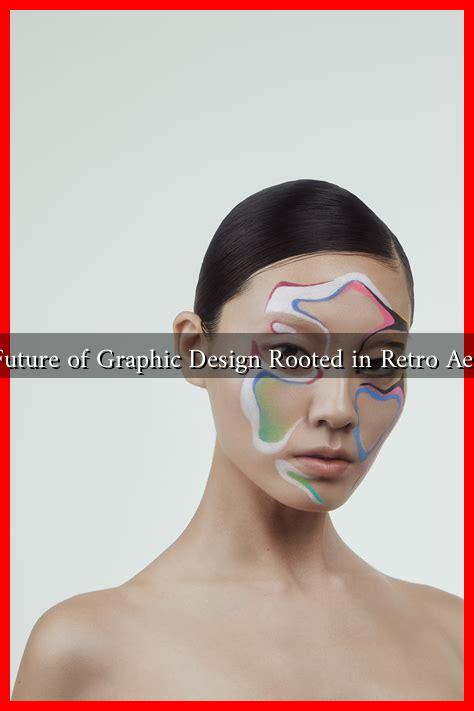-
Table of Contents
Is the Future of Graphic Design Rooted in Retro Aesthetics?
Graphic design is an ever-evolving field, constantly influenced by cultural shifts, technological advancements, and societal trends. Recently, a notable resurgence of retro aesthetics has emerged, prompting designers and brands to revisit styles from the past. This article explores whether the future of graphic design is indeed rooted in these nostalgic elements, examining the reasons behind this trend, its implications, and what it means for the industry moving forward.
The Rise of Retro Aesthetics
Retro aesthetics encompass a wide range of styles, from the bold colors and geometric shapes of the 1980s to the minimalist designs of the 1990s. This revival can be attributed to several factors:
- Nostalgia: As millennials and Gen Z come of age, they are increasingly drawn to the aesthetics of their childhoods, leading to a resurgence of styles from the late 20th century.
- Digital Accessibility: The rise of digital tools has made it easier for designers to experiment with retro styles, allowing for a blend of old and new techniques.
- Social Media Influence: Platforms like Instagram and Pinterest have created a visual culture that celebrates vintage styles, making them more accessible and desirable.
Case Studies: Brands Embracing Retro Design
Several brands have successfully integrated retro aesthetics into their graphic design strategies, demonstrating the trend’s viability and appeal:
- Netflix: The streaming giant has embraced retro design in its marketing campaigns, notably with the promotional materials for shows like “Stranger Things,” which evoke the 1980s aesthetic.
- Pepsi: In 2020, Pepsi launched a retro-inspired logo and packaging design that harkened back to its 1970s branding, successfully tapping into nostalgia while appealing to a new generation.
- Airbnb: The company’s recent rebranding included a nod to vintage travel posters, evoking a sense of adventure and nostalgia that resonates with travelers.
The Psychological Appeal of Retro Design
Psychologically, retro aesthetics can evoke feelings of comfort and familiarity. According to a study published in the journal Psychology & Marketing, consumers often associate retro designs with positive memories, which can enhance brand loyalty and emotional connection. This emotional resonance is particularly powerful in a world that often feels fast-paced and overwhelming.
Challenges and Considerations
While the embrace of retro aesthetics offers numerous benefits, it also presents challenges for designers:
- Over-Saturation: As more brands adopt retro styles, there is a risk of the market becoming oversaturated, leading to a loss of uniqueness.
- Balancing Old and New: Designers must find a way to blend retro elements with modern sensibilities to avoid appearing outdated or irrelevant.
- Cultural Sensitivity: Some retro styles may carry cultural connotations that need to be navigated carefully to avoid appropriation or misrepresentation.
The Future: A Hybrid Approach
As we look to the future, it seems likely that graphic design will continue to draw inspiration from retro aesthetics while also evolving to incorporate contemporary trends. This hybrid approach allows for:
- Innovation: By merging retro elements with modern design principles, designers can create fresh, innovative visuals that resonate with diverse audiences.
- Inclusivity: A broader range of retro styles can be explored, allowing for more inclusive representation of different cultures and eras.
- Sustainability: Retro design often emphasizes simplicity and functionality, which can align with current trends toward sustainable and minimalistic design practices.
Conclusion
In conclusion, the future of graphic design appears to be significantly influenced by retro aesthetics. This trend is driven by nostalgia, digital accessibility, and the power of social media, as evidenced by successful case studies from various brands. While challenges exist, the potential for innovation through a hybrid approach offers exciting possibilities for designers. As we move forward, embracing the past while looking to the future may be the key to creating compelling and relevant graphic design.

